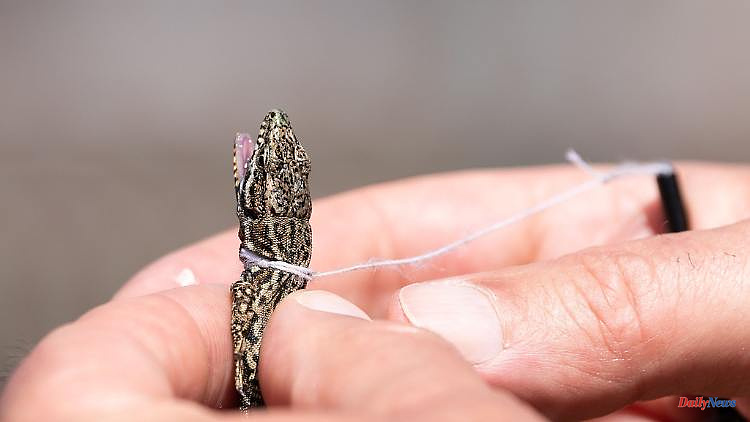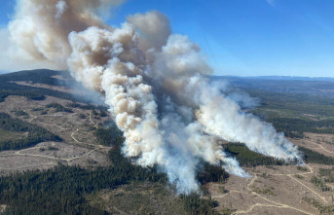32 kilometers of track, 50,000 sleepers and 45,000 tons of ballast: the Kinzig Valley Railway is being renewed. According to the railway, it is one of the largest construction projects in the country this year. This has consequences for passengers.
Hausach/Freudenstadt (dpa/lsw) - For the renewal of the Kinzig Valley Railway, travelers will have to switch to buses from Saturday (June 4th). The route between Hausach (Ortenaukreis) and Freudenstadt will be closed until October 8th. Deutsche Bahn recommends passengers to find out about the current situation, for example on the Internet or via the DB Navigator app.
The group is investing around 35 million euros in the modernization of the Kinzig Valley Railway. This makes it one of the largest construction projects in the country. It's about 32 kilometers of track, around 50,000 sleepers and 45,000 tons of gravel. Several bridges, level crossings and the Hausach and Halbmeil train stations are being renovated.
From the end of June, Deutsche Bahn will also be modernizing the Lauterbad Viaduct, a listed railway bridge built at the end of the 19th century. According to the information provided, the structure is 213 meters long and crosses the Lauter river after the Lauterbad district of Freudenstadt. Specialists should remove wooden sleepers and rails from the steel trusses, remove the old anti-corrosion paint from the truss and apply a new coat of paint. As soon as this has hardened, the railway reassembles the bridge parts. The viaduct should be preserved as an "architectural historical testimony" as far as possible in its original form.
"Due to the special location of the Kinzigtalbahn in the Black Forest, numerous lizards and the endangered snake species adder and smooth snake find a home in and next to the track bed," the company said. Before the work, the railway documented and evaluated the animal and plant population along the route. According to the information, environmental experts collect animals that are available and move them to suitable quarters during the work.












